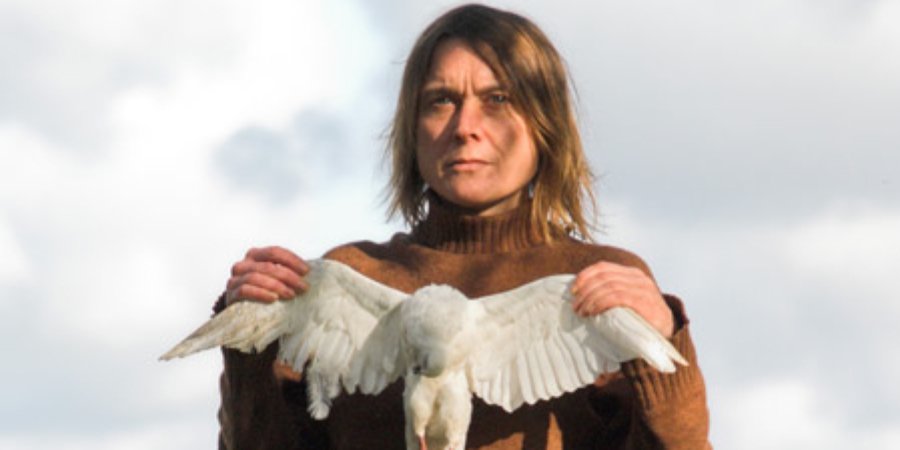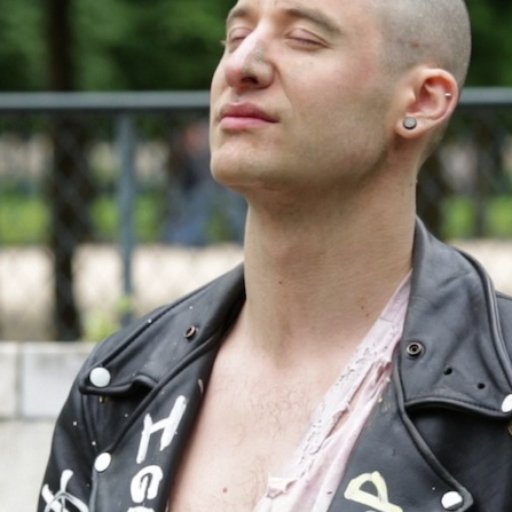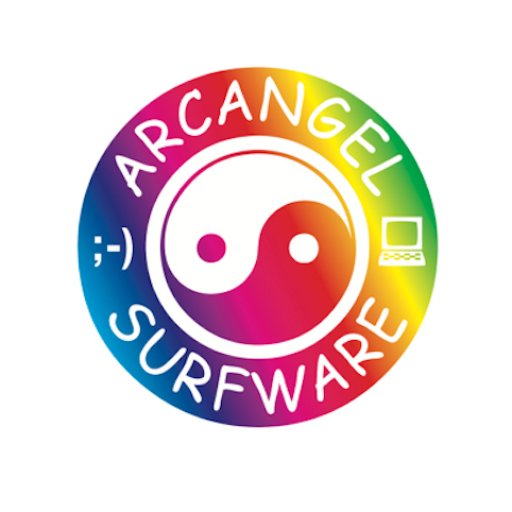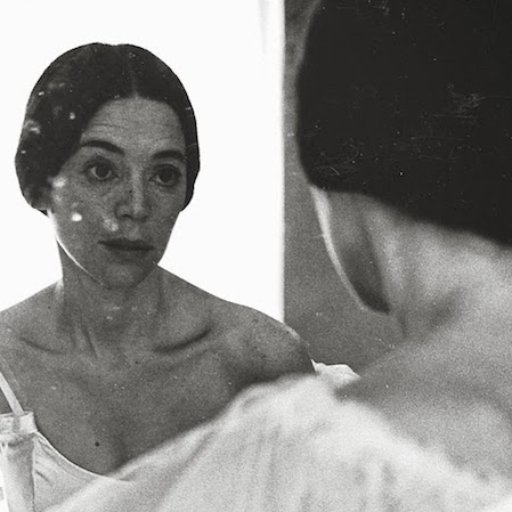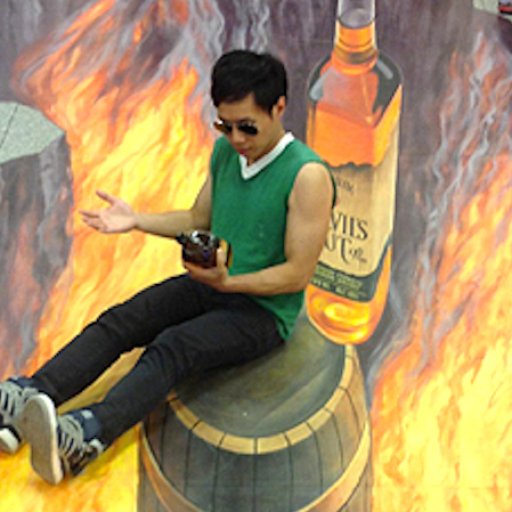Sarah Lucas
once said that "art is like having a nail file and being in prison and trying to get out." Perhaps, then, many of her various activities can be seen as escape attempts: from Lucas's dropping out of high school at age 16 to study art at the
Working Men's College
in London to her 1993 collaboration with fellow
YBA
Tracey Emin
wherein the pair sold handmade
object d'art
from a retail space in London for six months to currently working—as one of Britain's major artists of the day—without an actual studio space.
Recently, however, the art world seems to have caught up to her. Her arresting and just-closed show at
Barbara Gladstone
in Chelsea was universally acclaimed and, last month, it was announced that Lucas will bring her characteristic sense of off-color wit to the British Pavilion at the 2015
Venice Biennale
. We spoke with the artist about her highly influential work, as well as her recent exhibitions in Glasgow, London, and New York.
It was recently announced that you're going to represent Great Britain at next year's Venice Biennale. What are your plans for the British Pavilion?
I don't have a plan as yet. Of course it's very much on my mind. I was surprised to be asked. I mean, I didn't see it coming, so it's early days for me.
Did you see Jeremy Deller's pavilion last year?
I did see Jeremy's show. A couple of years ago I curated a show of prisoners' art for the Koestler Trust—Jeremy is quite active with Koestler—so there's a bit of overlap there in social ways. I liked the steel-drum band that played at his opening. Might take a leaf out of his book there. Otherwise not really—I'll just see what I want to do. I thought this was going to a year off for me, in terms of exhibitions. There are one or two odd things I've been brewing on, just for own amusement. I'll start from there I think and see what develops.
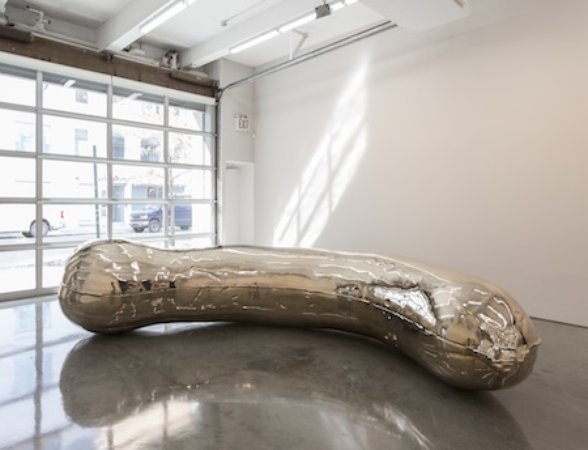
You've previously mentioned that you don't really have a proper studio—you referred to your workspace as a "shed." Is that still the case? How do you fabricate your large-scale works, like the ones that recently filled Gladstone so imposingly?
Mostly I work at home or wherever I am, which I make a homely as possible—which in my terms means nothing chintzy or overly plumped. I make my furniture range with Roddy Thompson and Tim Robinson at the London Art Workshop. Bronzes and large concrete pieces are made at Pangolin Foundry under the auspices of Rungwe Kingdon and his marvelous team. And I work with one or two other people from time to time. If I really need a big space, which is hardly ever, I borrow or rent one. I also knock things up in the gallery space itself quite often.
I ask because scale seems to have always played a major part in your work, especially in the new exhibition at Tramway in Glasgow—particularly the work
Wanking Arm
. That piece was originally designed to be part of a stage set. You've also done a number of site-specific projects that are between installations and environments, as during your quasi-residency at the St. John Hotel during the 2011 Frieze Art Fair in London. How much does this idea of theatricality or creating "situations," to reference the title from your exhibition at the
Whitechapel Gallery
in London, inform what you are doing today?
The "Situation" is always relevant to what's produced, and how it's hung. Prior to the Whitechapel show I had a room above
Sadie Coles's gallery
in New Burlington Place. The project, also called “Situation,” lasted a year. During that time I made a number of exhibitions, and also tinkered about with them in between times. It was then I decided to use images as wallpaper—a device that has come in very handy since. It was also an opportunity to think on my feet as I work, which is what I do anyway, only in public. So I suppose that is a bit performative, though not overly theatrical.
Generally, I think of myself as someone who makes self-contained, self-referring objects. Hanging a show, though, always has to take account of the space it's in; therefore it’s always an installation. “Situation” at Sadie Coles definitely had a huge impact on my approach to hanging the Whitechapel and subsequent exhibitions. For Tramway, as it's gigantic, I thought I'd put a lot of my big things in—and actually they're quite few and far between, over the years.

How would you say you are, or are not, "in" your work?
I'd say I'm totally in it—it wouldn't be there otherwise.
Regarding your frequent use of sexual imagery, it seems that the
barrier that keeps the works from crossing the line into parody is the fact that many of the phallic sculptures and photographs of male nudes depict the bodies of your former lovers. Is this a matter of convenience, a means to an end? Or is that autobiographical aspect part of the work for you?
It's a matter of desire. If I was a raving, nymphomaniac philanderer I suppose the work would come out different. I didn't set out to be autobiographical really. In fact I saw, and see, art as a way of having an objective look at something. Though now that I have a lot of works behind me, I can see that they inevitably tell a story, in their way. And of course they are much more personal than I perhaps thought they were at the time of making. It never an easy thing to see ourselves, though, is it?

Your "bunnies"—sculptures that evoke women's spread and stocking-clad legs arrayed on chairs—have been read from a feminist perspective as engaging with the way men see women's bodies. But then, in your more recent work, you realize similar forms in cast bronze, which is a very traditional, canonized way of working. In shifting from making these voluminous, body-like forms from stuffed nylon to casting them in bronze, did the works’ meaning change for you?
The bronze works aren't "Bunnies." I have to keep calling them "Nuds"—as I don't have a more accurate name for them yet—but they're not "Nuds" like the first set of "Nuds" were either, they're not vulnerable babies. These "Nuds" began to evolve in Mexico. Perhaps it was the heat, or the volcanoes, or the Aztecs. I think I'm a bit less abject myself these days, too. It's like coming out of a tunnel.
What's your sense of the current climate of contemporary art in Britain? Do you pay special attention to any other artist's work in particular?
I don't much, unless it's someone I'm working with—my partner Julian Simmons, or
Gelitin
. I keep up with a lot of my peers, socially or through email. I'm more interested in the person than their things. My friends give me a lot of food for thought—they're so different from me. I think the creativity isn't just, or even mostly, in the artifact; it's how you go about your life.











